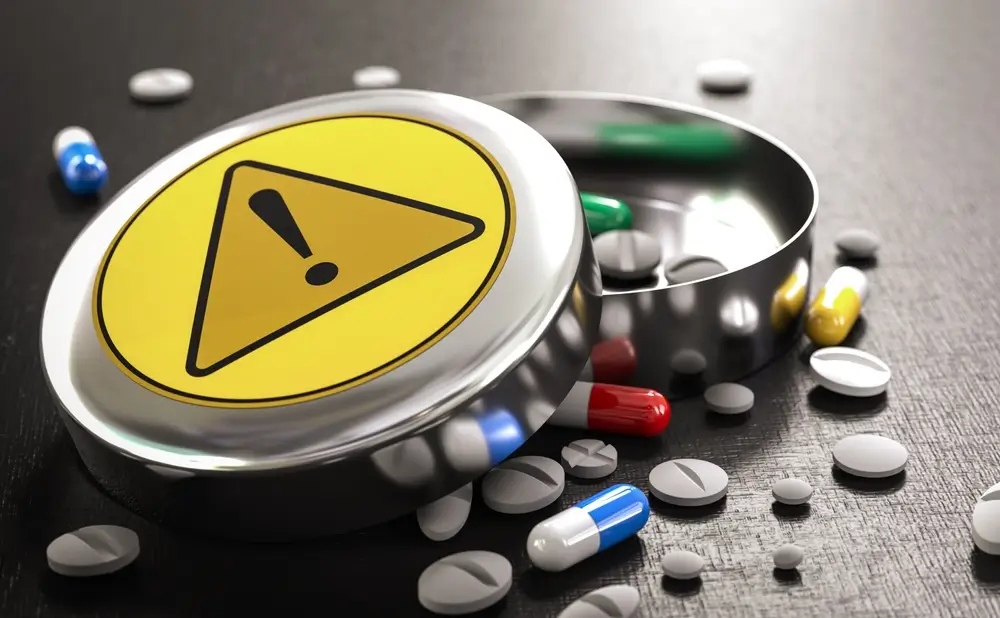Safety signals are early signs that a drug, device, or treatment may be causing harm. These signals come from many places, like clinical trials, post-market surveillance, and patient reports. With so much data coming in, it can be hard to know what to focus on. That’s why a risk-based approach is essential. It helps prioritize the most important signals first, especially the ones that affect patient safety the most.
This article explains how to use a step-by-step, risk-based method to filter and act on safety signals effectively.
Step 1: Understand What a Safety Signal Is
A safety signal is any piece of information that suggests a potential link between a product and an adverse event. These signals don’t prove harm, but they call for further investigation.
Sources of safety signals include:
- Adverse event reports
- Literature and case studies
- Clinical trial data
- Registries and observational studies
- Social media and patient forums
Because the volume can be high, not every signal is equally important. Prioritizing them based on risk is the smartest path forward.
Step 2: Use a Filtering System
Begin by setting up a basic filtering system to sort safety signals into categories:
- Serious vs. non-serious
- Expected vs. unexpected
- Related vs. unrelated to the product
This step quickly reduces noise and helps highlight the more urgent items. For example, a serious and unexpected event related to the drug should rise to the top of the list.
Step 3: Apply Risk-Based Scoring
After filtering, apply a scoring system to each signal. Criteria may include:
- Severity of the event (hospitalization, disability, death)
- Frequency of occurrence
- Strength of association with the product
- Patient population affected (elderly, children, etc.)
Assign scores to each factor and add them up. The higher the total, the more urgent the signal.
Step 4: Focus on Impacted Populations
Some signals are more concerning because they affect vulnerable groups. Special attention should be given to:
- Pregnant women
- Children
- Elderly individuals
- Immunocompromised patients
If a signal appears in one of these groups, even a small number of reports may warrant further action.
Step 5: Integrate Real-Time Data
Waiting too long to act on signals can lead to harm. That’s why integrating real-time data is important. Set up systems that collect and review:
- Electronic health records
- Spontaneous adverse event reports
- Global regulatory alerts
Quick access to updated information allows faster risk-based decisions.
Step 6: Cross-Check with Known Risks
Compare new signals to what’s already known about the product. Use risk management plans, clinical trial reports, and safety labels.
If a signal is completely new or more severe than previously reported, it may require immediate escalation.
Step 7: Communicate Findings Clearly
Once a signal is prioritized, communication is key. Share findings with:
- Pharmacovigilance teams
- Regulatory affairs
- Clinical investigators
- Healthcare providers
Use simple summaries, risk scores, and visual tools like heat maps or dashboards. Avoid jargon to keep everyone on the same page.
Step 8: Decide on Action Steps
Not all signals require the same response. Options include:
- Close monitoring
- Label changes
- Study protocol adjustments
- Formal investigation
The level of action should match the risk score and impact.
Step 9: Track Outcomes
After taking action, keep monitoring to see if the signal weakens or grows stronger. This feedback loop helps confirm the original prioritization and improves future decision-making.
Step 10: Document the Process
Record each step in handling the safety signal:
- How it was detected
- How it was scored
- What action was taken
- Who was informed
This documentation supports audits, shows regulatory compliance, and helps refine your internal processes.
Real-World Example: Prioritizing a Rare Signal
Imagine a signal showing mild chest pain in a few patients taking a new asthma drug. At first glance, it may seem minor. But risk scoring shows it occurred repeatedly, in young patients with no heart conditions, and within a few days of starting the drug. Because of the timing and consistency, the signal is moved higher on the list for immediate investigation.
Common Challenges and How to Handle Them
High Data Volume: Use automated systems and AI to filter and categorize incoming reports. Incomplete Reports: Prioritize those with strong case details. Follow up on vague entries. Signal Fatigue: Rotate team responsibilities and automate alerts to avoid missing new or repeated signals.
Benefits of a Risk-Based Approach
Using this method provides many advantages:
- Faster response to true safety risks
- Better use of limited resources
- Improved communication across departments
- More informed decision-making
Conclusion
Safety signals are a critical part of post-market surveillance and product monitoring. But not all signals require equal attention. A risk-based approach helps teams focus on what matters most, protecting patients and acting on high-priority concerns quickly and effectively.
By setting up a smart filtering system, applying risk scores, and communicating clearly, companies can make better safety decisions. In a world of constant data flow, a focused and structured strategy is not just helpful, it’s essential.



